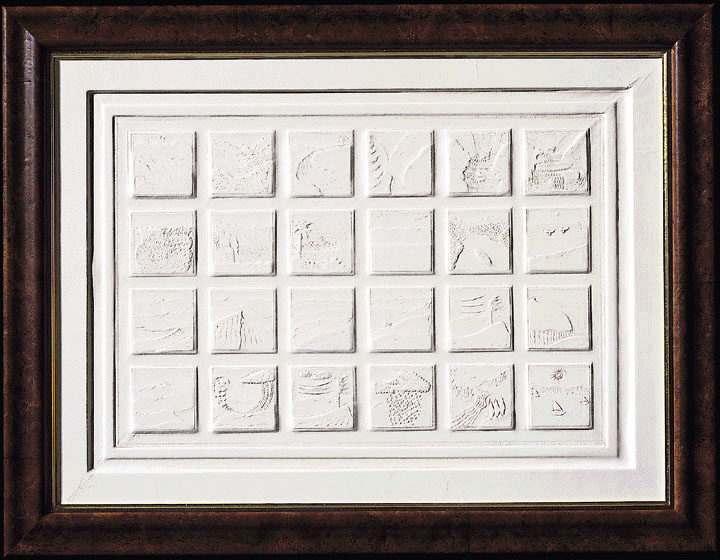 |
Elephant in the Dark |
 |
Elephant in the Dark |
|
Based on the story by Idries Shah, from his book The Sufis, reprinted here by kind permission from The Octagon Press:
"An elephant belonging to a travelling exhibition had been stabled near a town where no elephant had been seen before. Four curious citizens, hearing of the hidden wonder, went to see if they could get a preview of it. When they arrived at the stable they found that there was no light. The investigation therefore had to be carried out in the dark. |
 |
The Indian Bird |
|
Based on the story by Idries Shah, from his book Tales of the Dervishes, reprinted here by kind permission from The Octagon Press:
"A merchant kept a bird in a cage. He was going to India, the land from which the bird came, and asked it whether he could bring anything back for it. The bird asked for its freedom, but was refused. So he asked the merchant to visit a jungle in India and announce his captivity to the free birds who were there. |
 |
The Tale of the Sands |
|
Based on the story by Idries Shah, from his book Tales of the Dervishes, reprinted here by kind permission from The Octagon Press:
"A stream, from its source in far-off mountains, passing through every kind and description of countryside, at last reached the sands of the desert. Just as it had crossed every other barrier, the stream tried to cross this one, but it found that as fast as it ran into the sand, its waters disappeared. |
Copyright: Jorge Centofanti | Website by Alia Centofanti